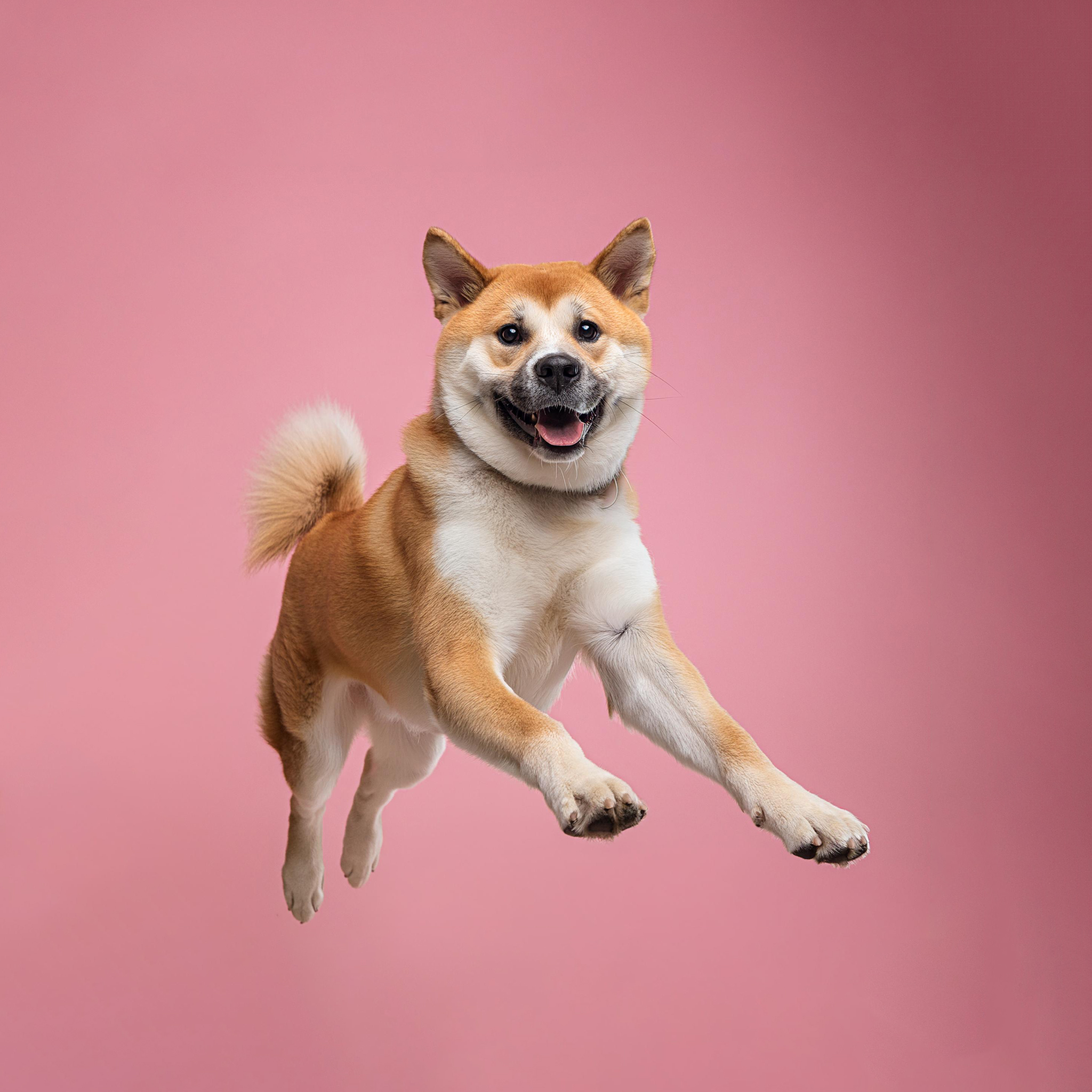Hip dysplasia
Hip dysplasia is a medical term that refers to a partial or complete loss of the hip joint. Hip dysplasia can cause bone wear and tear and pain associated with this process. Most companion animals have hip dysplasia from birth. If hip dysplasia is diagnosed at an early stage, you can easily correct the problem. In other cases, surgery may be needed to reposition the bones.
Although genetics play an important role in the development of this disease, maintaining a healthy weight is especially important to reduce stress on the joints. Daily walking and swimming will help to form the muscles around the pelvis and maintain their strength.
Bloating
Bloating is considered a harmless problem for humans, however, in dogs, this condition can even be fatal. To prevent the problem, it is wise to pay attention to symptoms such as vomiting, a full stomach, or excessive salivation. If you notice any symptoms, please get in touch with your veterinarian immediately.
To avoid bloating, it is recommended to divide the daily ration of your faithful companion into at least 2-3 meals. We recommend that you also pay attention that your friend does not drink a lot of water after eating. To prevent bloat, competent parents often prefer special cups with a raised center. You can buy them at any pet store near your home.
Entropion
Entropion is a condition where the eyelid is turned inward, causing the eyelashes to stick to the surface of the eye. If the edge of the eyelid is turned inward, the eyelashes will stick to the surface of the eyeball, which can lead to the formation of an ulcer. Entropion causes a sensation of something falling into the eye. Vets often use artificial tears and moisturizing ointments to soothe irritation.
Dry skin
Dry skin is a common skin problem that often occurs in companion animals. Dry skin is characterized by increased sensitivity and pronounced itching. Insufficient intake of water and lack of vitamins may be the cause of dry skin. However, improper skin care and adverse climatic conditions such as dry air, sun, wind, frost, and air humidity are also noteworthy among the causes.

